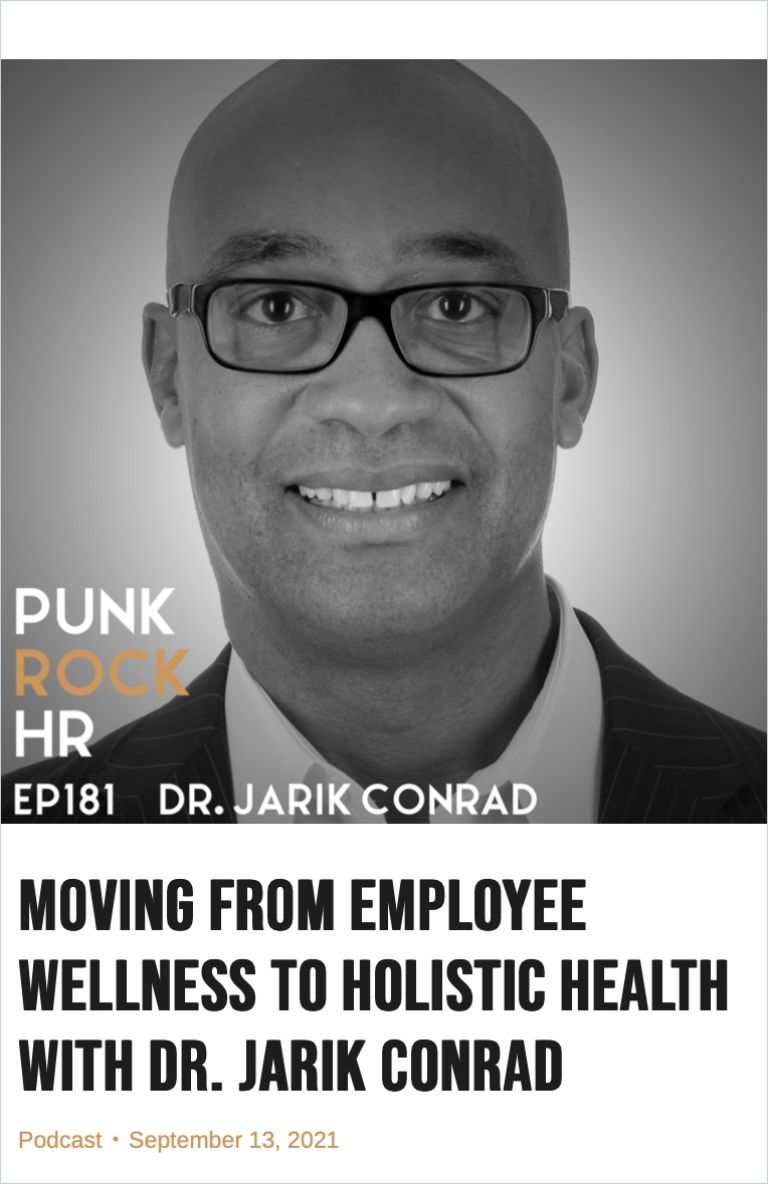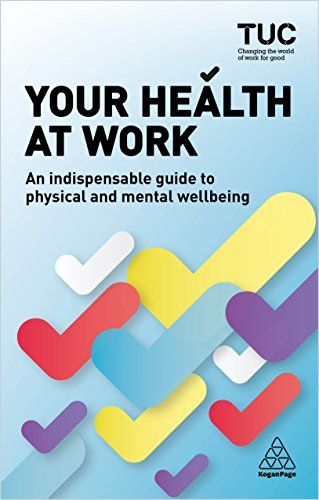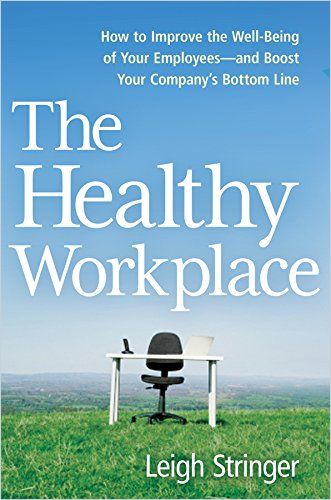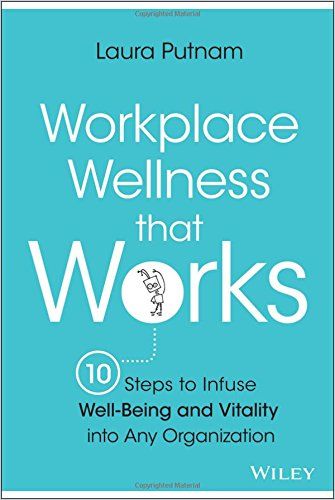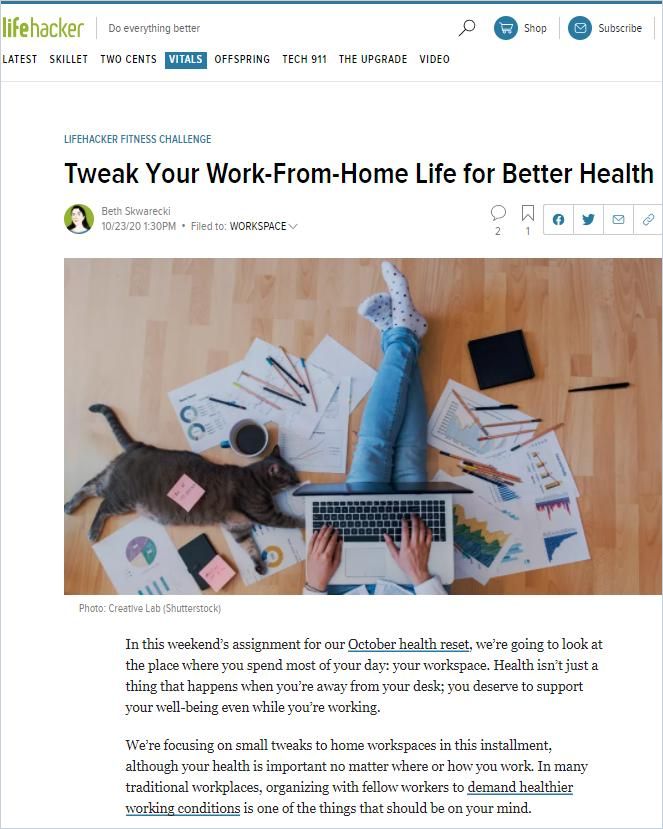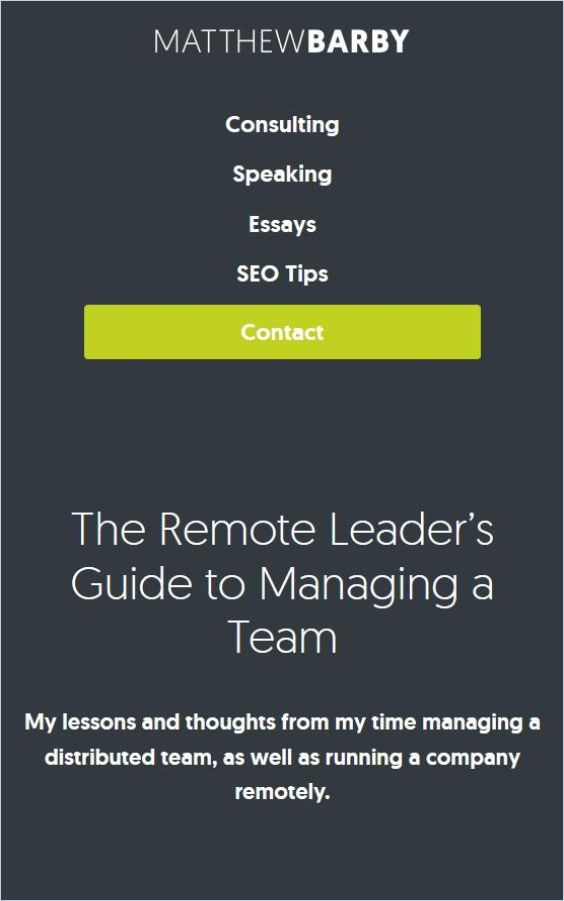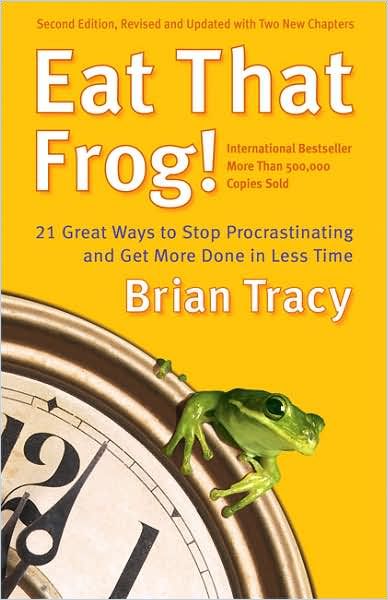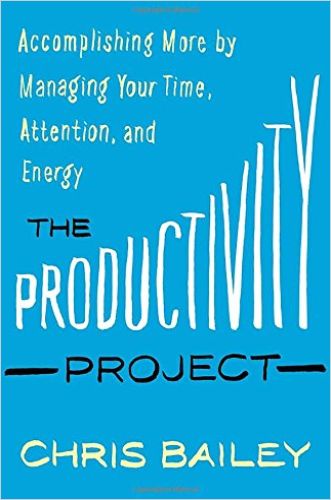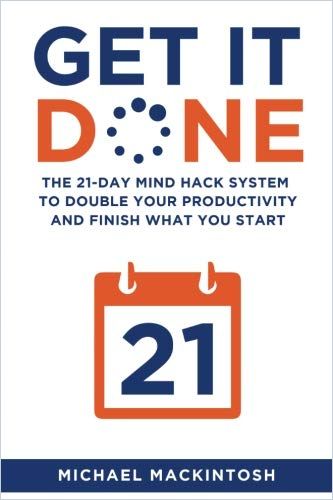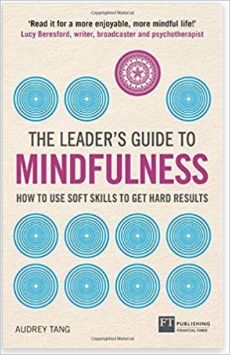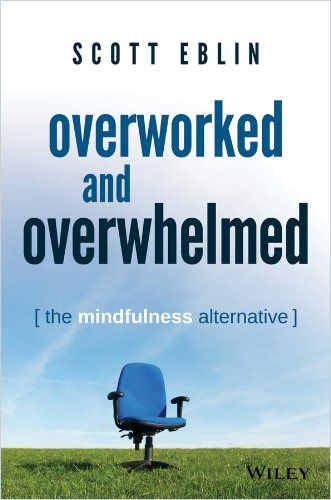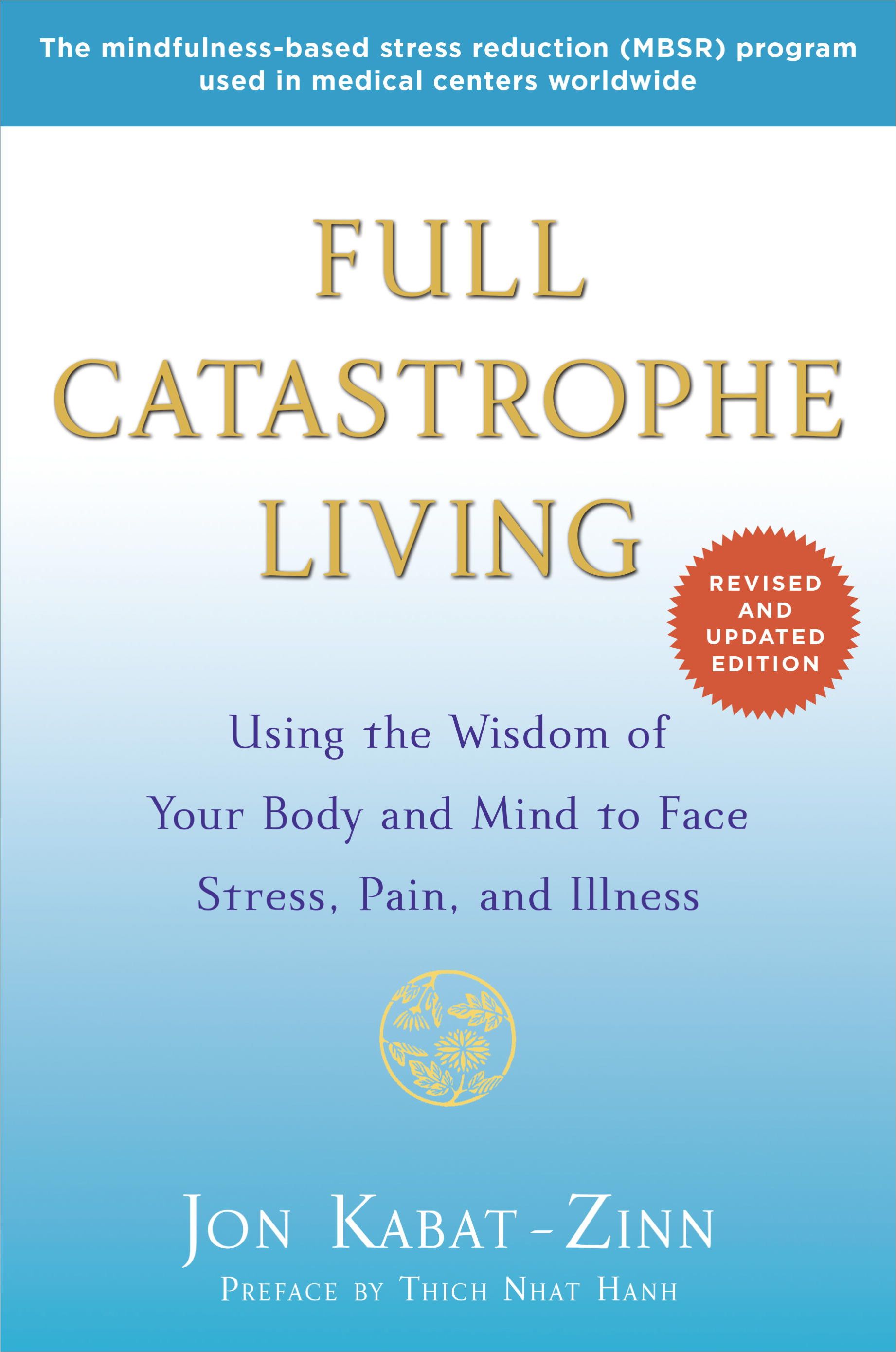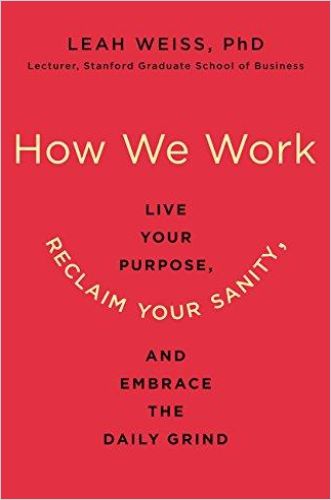Well-Being Is About More than “An Apple a Day”

A healthy workforce is a productive workforce. It’s hard to argue with that. Good health means less absenteeism. Healthy eating habits lead to a swath of health benefits, including a healthy body weight, a reduced risk of type 2 diabetes and heart disease, just to name a few. Regular exercise, meanwhile, improves sleep quality, which in turn improves people’s ability to focus and perform.
But now comes the hard part: What can organizations do to improve the health of their workforce?
Do Wellness Initiatives Work?
Many organizations offer wellness initiatives. They might range from providing on-site gyms and subsidized healthy meals to psychological counseling services. These initiatives aim at increasing workers’ health and engagement, but also serve as a recruitment tool. Who would not want to work for an organization with an on-site yoga studio? But let me play the devil’s advocate for a moment. Do the following practices really make a dent in people’s well-being?
- Putting fresh fruit in common areas – Sure, people may be eating an extra serving of fruit per day. But will they really shed pounds as a result?
- Offer on-site fitness classes – This might well enable people to squeeze in more exercise during the day. But it could also add to stress as people stay longer to complete their work.
- Sponsor a 5K – That’s an attractive perk – for people who are already runners.
- Distribute fitness trackers and keep a tally of who logs the highest number of steps – Do sedentary people really care?
My skepticism is borne out by the first peer-reviewed randomized study on the subject. Indeed, the study did find that employees working at organizations that offer a wellness program were 8.3% more likely to exercise regularly and 13.6% more likely to actively manage their weight. However, the wellness programs did not have a measurable impact on outcomes employers would be looking for, including overall health, sleep quality, number of doctor’s visits or prescription drugs intake. Nor did the programs measurably impact absenteeism or job performance.
Clearly, wellness initiatives must address more than people’s physical health. A moody boss can quickly nullify the blissful state you’ve attained during a lunchtime yoga session. Consuming a free, healthy lunch at the work cafeteria won’t help if an upcoming performance review leads you to stress-eat at night. And who cares about your number-one spot on the company’s Strava leaderboard when you feel marginalized at work because you belong to a minority?
Mental Health First
Before anything else, work-based wellness initiatives must address people’s mental health. By mental health, I don’t just mean helping employees get treatment for their depression or other clinically diagnosable mood disorders. First and foremost, looking after people’s mental health means making people feel valued and psychologically safe – as well as helping people establish a sustainable work-life balance.
Before studying gym designs or turning the corner office into a meditation room, human resources executives must focus on creating a health-promoting workplace culture. Start by considering these six factors:
1. Promote Psychological Safety
A prerequisite for employee well-being is psychological safety, which includes a sense of belonging, and freedom to speak up, learn and contribute. The getAbstract Journal has covered this important topic in great depth.
2. Foster Inclusion
People won’t thrive if they feel they have to hold back and can’t be themselves. A healthy workplace is one that makes everyone feel they belong.

Inclusivity at Work: The Heart of Hard Conversations
Dare to Lead by Spotify Originals Read Summary
Building Belonging for a More Diverse and Inclusive Workplace
Talks at Google Read Summary3. Let Employees Have Control
As Richard Sutton explains in Stressproof, the main source of stress is not having too much work but feeling out of control. In fact, regular employees experience burnout at higher rates than the stereotypically “overworked” manager or CEO. Why? Because lack of control – the sense that you are not being given the appropriate level of responsibility to do your job – is one of the factors that makes people susceptible to burnout.
4. Insist on Sound Work-Life Boundaries
People won’t sleep well or exercise in the evening if they feel they need to constantly check their work email. Organizations must set clear ground rules that help people establish healthy work-life boundaries. This is especially important in a remote or hybrid work environment, where making a hard break between work and leisure is something people need to learn.
Leaders can model healthy choices by being transparent about how they schedule time for personal needs during the week and by using their vacation days. They can also communicate clearly that they don’t expect people to read or answer emails during off-work hours. Some companies even prevent emails from being received when people are off work. To encourage workers to strive for better work-life balance, companies can tie salary raises to achievement rather than offering bonuses that promote overworking.
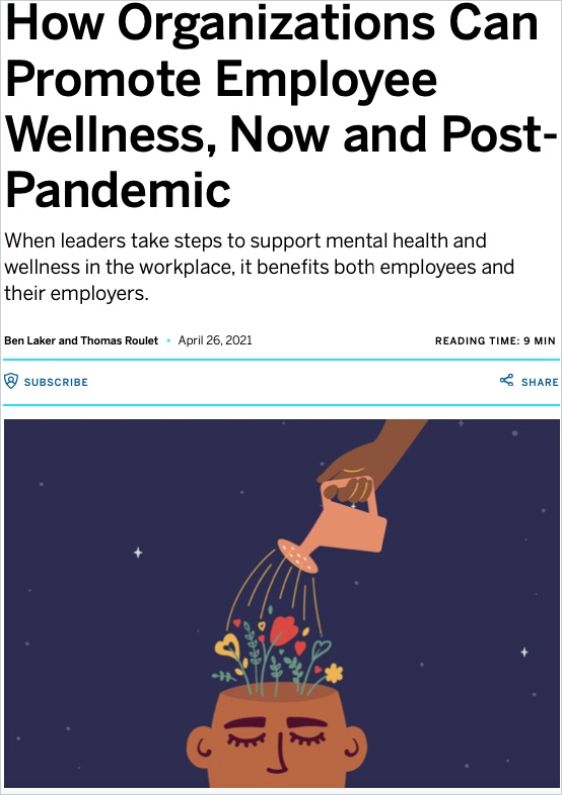
How Organizations Can Promote Employee Wellness, Now and Post-Pandemic
MIT Sloan Management Review Read Summary5. Teach Time-Management Skills
Before people can exercise, they must find the time to do so. Especially when people work remotely, the lack of external structures (besides online meetings) makes good time management skills essential. Offering employees resources that help them structure their days in a way that enables them to achieve all-important work tasks while also taking care of their well-being is an indirect, yet effective, way of promoting employee health.
6. Offer Mindfulness Training
Research has been able to link mindfulness training to better workplace functioning. Cultivating mindfulness has been shown to foster resilience and may help in forestalling psychological distress and burnout. Mindfulness programs have the added advantage of being accessible to everyone. People can participate regardless of whether they have a physical disability or feel self-conscious being seen in yoga pants or fitness attire.
Putting It All Together
Company wellness programs must approach employee well-being holistically, starting with people’s mental health. Rather than offering wellness programs as a separate add-on, companies must build wellness into their DNA. This way, wellness infuses all aspects of work. The best wellness initiatives give people the resources that enable them to thrive.
